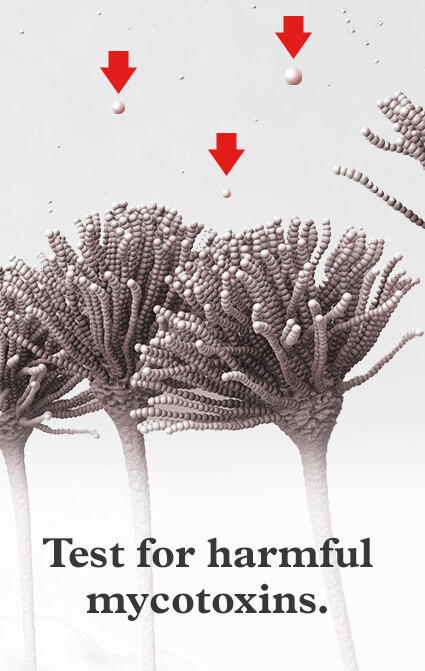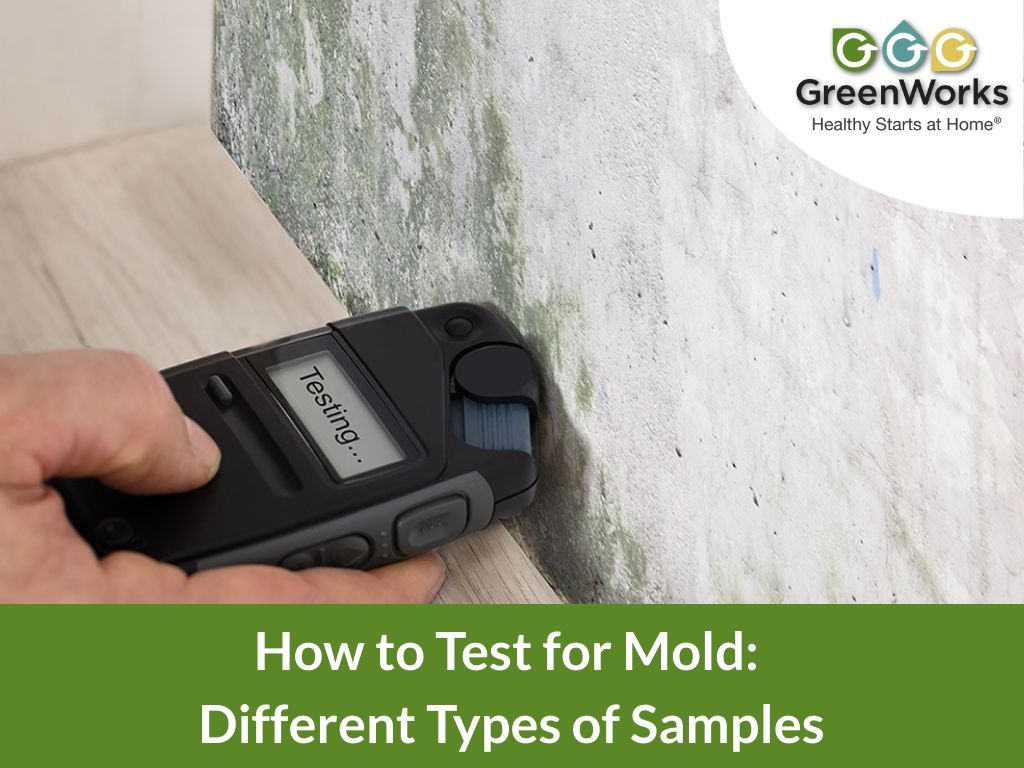Exactly How Mycotoxin Screening Aids Prevent Contamination and Protect Food Materials

Mycotoxin testing is a crucial practice in the food industry, offering as a frontline defense against contamination by damaging contaminants created by mold and mildews. Through the application of sophisticated strategies like High-Performance Fluid Chromatography (HPLC) and Liquid Chromatography-Mass Spectrometry (LC-MS), food producers can properly spot and measure mycotoxin levels in agricultural items.
Recognizing Mycotoxins
Comprehending mycotoxins starts with acknowledging that they are hazardous second metabolites generated by specific mold and mildews, which can pollute agricultural products. These metabolites are not vital for the growth or reproduction of the fungi but can have severe implications for animal and human health. Mycotoxins are typically located in staple plants such as corn, wheat, barley, and nuts, where they can multiply under details conditions of moisture and temperature level.
There are a number of types of mycotoxins, each created by different fungal species. Aflatoxins, generated by Aspergillus species, are among the most well-known, known for their carcinogenic properties. Another substantial group includes ochratoxins, created by Aspergillus and Penicillium species, which have nephrotoxic effects. Fusarium varieties produce trichothecenes and fumonisins, both of which are connected with different acute and persistent health problems.

Risks of Mycotoxin Contamination
The dangers of mycotoxin contamination are complex, posturing significant dangers to both food safety and public health and wellness. Mycotoxins, poisonous substances generated by particular kinds of fungis, can contaminate a large range of agricultural products consisting of cereals, nuts, spices, dried fruits, and coffee. As soon as these toxins infiltrate the food supply, they can result in serious health and wellness problems such as liver damages, kidney failing, and also cancer. Susceptible populations, consisting of children, the senior, and immunocompromised people, are particularly in danger.
Economic impacts are one more major worry. Polluted plants can cause considerable financial losses for farmers and food producers as a result of reduced returns and the demand for pricey decontamination steps. Global profession can be considerably prevented as countries impose rigorous mycotoxin guidelines to protect their populaces, leading to rejected deliveries and stretched trade relations.
Environmental variables such as environment change exacerbate the threat of mycotoxin contamination. Variations in temperature and humidity can produce beneficial problems for fungal development, raising the chance of contamination occasions. Thus, understanding and minimizing these dangers are vital for guaranteeing the security and stability of worldwide food products.
Approaches of Mycotoxin Evaluating
Accurately determining mycotoxin contamination in farming products is essential for protecting public health and preserving food safety and security standards. Numerous approaches are utilized to spot and measure mycotoxins, each offering certain benefits and limitations.
High-Performance Liquid Chromatography (HPLC) is an extensively made use of approach due to its high level of sensitivity and precision. It includes dividing mycotoxins from various other substances in an example, allowing accurate metrology. Liquid Chromatography-Mass Spectrometry (LC-MS) integrates liquid chromatography with mass spectrometry to offer detailed molecular info, making it particularly beneficial for identifying multiple mycotoxins simultaneously.

Gas Chromatography-Mass Spectrometry (GC-MS) and Thin-Layer Chromatography (TLC) are additionally used, each with unique applications. GC-MS is efficient for volatile mycotoxins, while tender loving care uses a less complex, cost-efficient choice for preliminary screening.
Advantages of Normal Checking
Normal screening for mycotoxins in farming items supplies many advantages, considerably contributing to public health and food safety. By recognizing contamination early, normal testing aids prevent the circulation of harmful foods, consequently lowering the threat of mycotoxin-related ailments amongst consumers. This aggressive strategy not just safeguards human health and wellness yet also boosts the total he has a good point high quality of food materials.
Consistent testing also sustains regulative conformity. Various nations and regions have developed stringent restrictions for mycotoxin levels in food and feed. Adhering to these limits via normal testing guarantees that producers and distributors meet lawful requirements, therefore avoiding fines and trade barriers. Maintaining conformity cultivates consumer trust fund and brand reputation, which are important for market success.
In addition, normal mycotoxin testing can bring about substantial economic benefits. Early discovery of contamination enables prompt treatment, lowering potential losses from prevalent contamination. Carrying out routine screening procedures can also reduce recall her response expenses and relevant obligations, which can be financially devastating.
Additionally, normal testing offers beneficial data that can educate far better agricultural methods and storage space conditions. By comprehending patterns of contamination, manufacturers can take on preventive procedures, therefore adding and lowering future dangers to the sustainability of the food supply chain.
Implementing Testing Methods
Applying efficient mycotoxin testing procedures is vital for guaranteeing the safety and security and top quality of farming items. Each phase has to be scrutinized to determine where mycotoxin contamination is most likely to occur.
Once crucial control factors are recognized, selecting suitable screening approaches is crucial. Usual techniques include enzyme-linked immunosorbent assay (ELISA), high-performance liquid chromatography (HPLC), and mass spectrometry (MS) Each method has its staminas and weaknesses; thus, selecting the correct one depends upon the specific mycotoxin being examined, the needed level of sensitivity, and offered sources.

Lastly, integrating the screening protocols into a thorough food security administration system is a good idea. This boosts traceability and makes it possible for swift restorative activities when contamination is discovered, thus securing the honesty of the food supply chain.
Conclusion
Mycotoxin testing is necessary in avoiding contamination and securing food products by enabling early discovery of hazardous contaminants produced by mold and mildews in farming items. Advanced methods such as HPLC and LC-MS guarantee conformity with safety laws and safeguard customers from health and wellness threats. Routine testing improves brand name online reputation, economic security, and count on food safety by decreasing contamination-related losses and preserving high criteria in food production. Carrying out extensive testing methods is thus crucial for the industry's total health.
Mycotoxin testing is an essential technique in the food industry, serving as a frontline defense versus contamination by harmful toxic substances generated by molds. An incorporated method entailing farming practices, storage space administration, and regular testing can alleviate the dangers linked with mycotoxin contamination, making certain food safety and security and public health and wellness.
The dangers of mycotoxin contamination are complex, positioning significant threats to both food security and public health.Regular screening for mycotoxins in agricultural items uses numerous advantages, substantially contributing to public wellness and food safety.Mycotoxin testing is vital in stopping contamination and securing food products by making it possible for early detection of damaging contaminants created by mold and mildews in agricultural items.